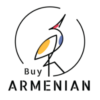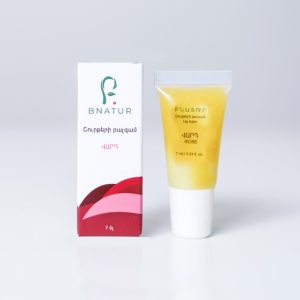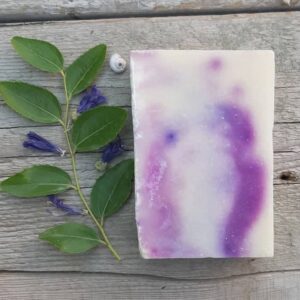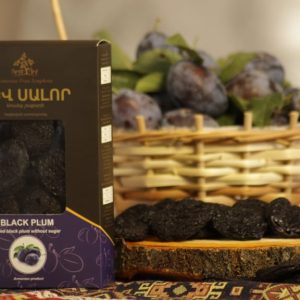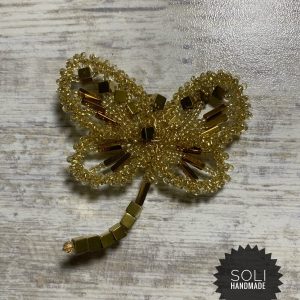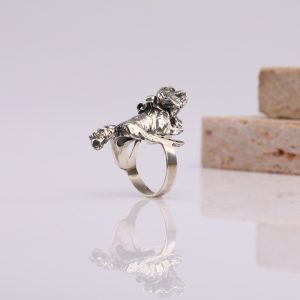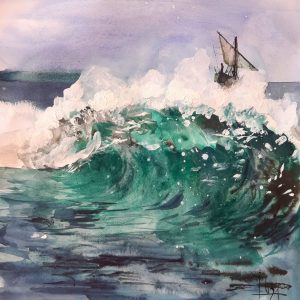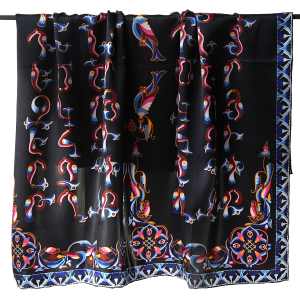-
-
-
Handmade Soap
Natural Lavender & Aloe Handmade Soap made with Lavender Essential Oil to the shower and feel your stress melt away. Relaxing and soothing, this scent will take you away to dreamland. A naturally delicious and hydrating treat for the skin! Loved by both men & women.
▪ No artificial colors or additives
▪ After washing with this all natural soap the skin is left feeling soft and hydrated to the touch. GGW Lavender & Aloe Handmade Soap produces an amazing lather due to the skin-loving ingredients in this long lasting bar that will leave you feeling squeaky clean without using too much.
▪ Excellent for dry skin
Use it to relax from a stressful day. Made with only natural GGW ingredients: coconut oil, shea butter, lavender essential oil, and natural dyes from lavender. Use it before bedtime to calm yourself and get ready for a peaceful sleep.To create an abundant lather and make the soap last longer, use our Hemp/Flax Mitt & set the soap bar aside to let dry between uses.
$7.36Handmade Soap
$7.36 -
Minimalist Ergonomic Shape Silver Pendant
Puffed silver pendant, Ergonomic shape
$69.00$85.00Buy 3 to get 5% discountMinimalist Ergonomic Shape Silver Pendant
$69.00$85.00Buy 3 to get 5% discount -
Dried Black Plum
Զուտ քաշը՝ 450գր ± 5%
$8.00( Wholesale: $4.00 )Dried Black Plum
$8.00( Wholesale: $4.00 ) -
Handmade Leather Shoe
TenTen Handmade Soft Genuine Leather Classic Mocassin
$42.00Handmade Leather Shoe
$42.00 -
Golden Dragonfly
A beautifully made dragonfly out of golden hematite and beads.
$20.00Golden Dragonfly
$20.00 -
-
“Kilikia” Watercolor on paper
Watercolor on paper
29,5×30,5 cm$90.00 -
Still life
- Oil on cardboard
18 x 24 cm
Garush Grigoryan
20th century, Armenia
$80.00Still life
$80.00 - Oil on cardboard
-
“Trchnagir” Alphabet
The Armenian alphabet was created in 405 AD.
One of the greatest marks of the Armenian identity is the Armenian language. The exact origins of the Armenian language, however, are a little bit obscure. Such is the case with many ancient languages. Serious scholarship starting from the 19th century has placed Armenian among the wider family of Indo-European languages, although it forms its own separate branch within that group. So the language does not have any close relatives today, even Indo-European ones, such as Spanish and Portuguese or Russian and Polish might be considered.Armenian is also unique in its writing system. The Armenians use their own alphabet which was, by tradition, created following the studies and meditations of a monk, Mesrop Mashtots, in the early 5th century AD. Christianity had already been accepted as the national religion for a hundred years in Armenia, but the Bible was not yet available in the native language. The tradition goes that the main motivation to come up with a separate Armenian alphabet was in order to translate the Bible in such a way that would be accessible and suitable for the language and the people.
Mesrop Mashtots – who has since been venerated as a saint, as the patron of teaching and learning for Armenians – accomplished the task in the year 405 AD, thus setting the stage for a rich trove of works of religion and history, science and philosophy, illuminated manuscripts, and published books in the millennium and a half that followed, continuing on today. A major road in the capital of Armenia, Yerevan, is named for Mashtots, and one end of it is the apt location for the Matenadaran, the national repository of manuscripts which also functions as a research institute and museum.
$110.00“Trchnagir” Alphabet
$110.00
